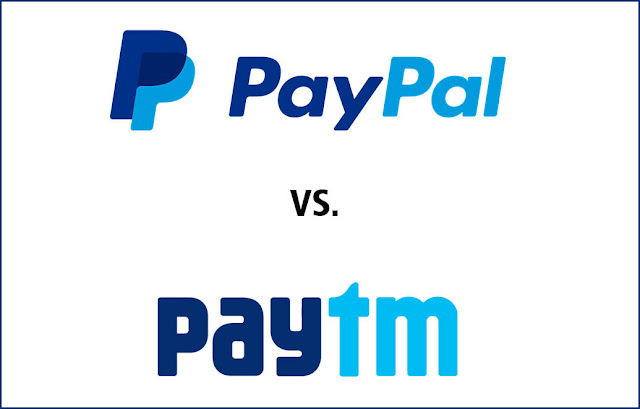Paytm Vs PayPal: What's the Dispute and How to Avoid it for Your Business
March 08, 2017 by Rishabh Goel
PayPal has opposed the registration of Paytm’s mark with the Indian Trademark Registry. PayPal claims that the mark adopted by Paytm is deceptively similar to its own and would cause confusion to the customers. Their major opposition is to the colour scheme that Paytm has chosen for its mark, which is identical to that of PayPal. The word ‘Pay’ is coloured dark blue in both the marks while ‘tm’ has a light blue shade which is identical to the light blue shade used in the word “Pal”.

Paypal has registered its mark in a number of countries and in India itself it has been using their mark since 2007. Since the two companies belong to the same industry and offer some identical services, it is very unlikely that Paytm was not aware that the mark PayPal was already being used before it. PayPal claims that “there is no reason for the applicant (Paytm) to adopt the identical colours and colour scheme other than to take advantage of the reputation the opponent (PayPal) has built up into this combination in connection with its popular services.” Paytm is in the final stage of its trademark registration but it will be interesting to see if the Indian Trademark Registry does indeed register Paytm’s mark given its deceptive similarity to PayPal.
How to Avoid Such Disputes for Your Business
A mark of a company is very important to it as it is the storehouse of its goodwill and therefore it must be chosen carefully. But it is also important that the mark that you choose does not lead to disputes because a company would like to focus on producing goods and providing services rather than waste their resources on litigation. Therefore, when deciding upon a mark to use for your business, keep in mind the following points:
1. Choose a ‘strong’ mark. A strong mark is one which is arbitrary or of your own creation so that there is no possibility of anyone else using a similar mark. For example, Kodak and Pantene are fanciful marks having no real meaning and are unlikely to cause any disputes.